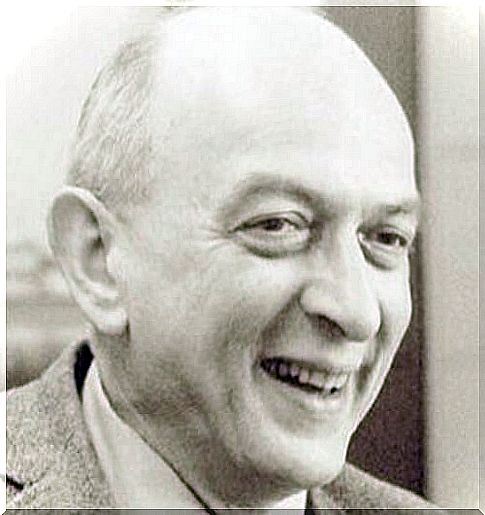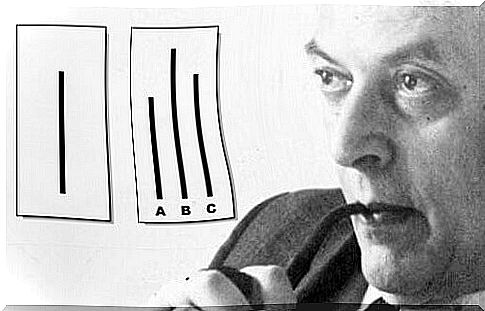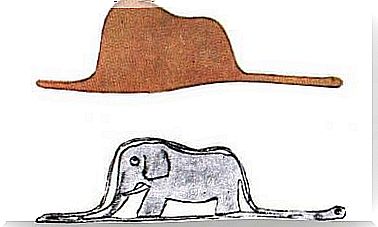Solomon Asch, Pioneer Of Social Psychology

Solomon Asch is considered one of the pioneers of social psychology, the area in which he concentrated much of his research. This Polish intellectual emigrated to the United States as a child and there where he completed his high school and university studies.
He was born in Warsaw (Poland) in 1907. When he was 13, his family settled in New York. There, Solomon Asch finished his studies and obtained his doctorate in psychology in 1932. Over time, he became known for his experiments in the field of social psychology. His goal was to demonstrate the influence others can have on our behavior.
While studying at Columbia University, Solomon Asch had Max Wertheimer as a tutor. This Gestalt psychologist had a profound impact on his training. In particular, curiosity and interest in the phenomena of perception, thought and association emerged in him.
The intellectual development of Solomon Asch
Solomon Asch worked as a psychology professor at Swarthmore College for 19 years. The time spent in that institution allowed him to establish a strong relationship with Wolfgang Kohler, whom he had always admired. Kohler’s theories sparked his interest in research and served as the basis for the experiments that made him famous.
Asch gained enormous fame for such experiments and for the publication of his book, Social Psychology , in 1952. In the text in question he presented the development of his research and the key concepts of his theory.
In its time, it revolutionized the studies of the human mind. He also worked at the Massachusetts Institute of Technology and the University of Pennsylvania. Also important was the brief, but significant, experience at Harvard University, where he directed the doctoral thesis of the famous and controversial Stanley Milgram.

Asch’s experiment
Solomon Asch conducted a series of experiments known to the general public under the generic name of the Asch Experiment. Several studies conducted in 1951 and whose main purpose was to demonstrate that people bow to the power of the group, adopting an attitude of conformity.
The experiment consisted of forming a group of 7-9 students. All of them, except one, were accomplices of the researcher. Young people were presented with two lines and asked to indicate which was the longest. The correct answer was evident, yet the accomplices began to point to the wrong choice as correct. This fact made the evaluated subject (the “non-accomplice”) feel a strong pressure from the group, thus ending up responding against his logic.
Asch showed that most of the subjects ended up yielding to the group’s response, even though it was blatantly wrong. Furthermore, he wondered if the subjects who changed their minds really did so because they were convinced of the answer they gave. On the contrary, they admitted that they were aware of the mistake. The number of people who decided to follow the group’s judgment decreased when they were allowed to explain their decision privately. The influence, therefore, manifested itself above all at the level of conscience and not of judgment.
Other aspects of Asch’s experiment
To complete the central study, Solomon Asch decided to introduce some variations. The first change was the introduction of an argument (also agreed upon or rigged) that skewed the consensus of the majority. He observed that in this case the number of subjects who bowed to the group’s decision decreased considerably.

Solomon Asch’s experiments, although criticized, have provided a different and original vision of how the individual allows himself to be influenced and influenced by the majority.
Even today, he is considered one of the most important psychologists in history. Among the prizes awarded to him, the American Psychological Association (APA) Award of Distinction for Scientific Contributions, awarded to him in 1967, stands out.









